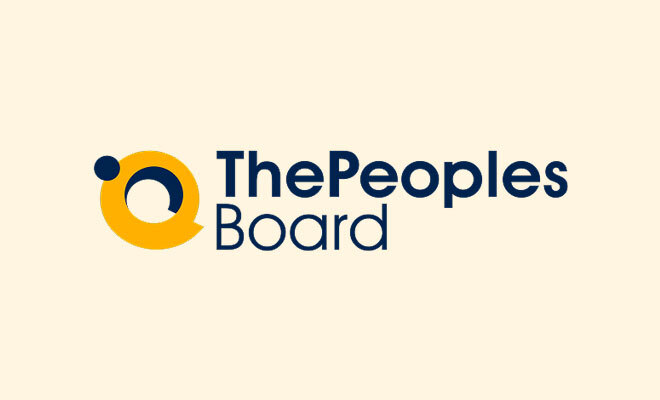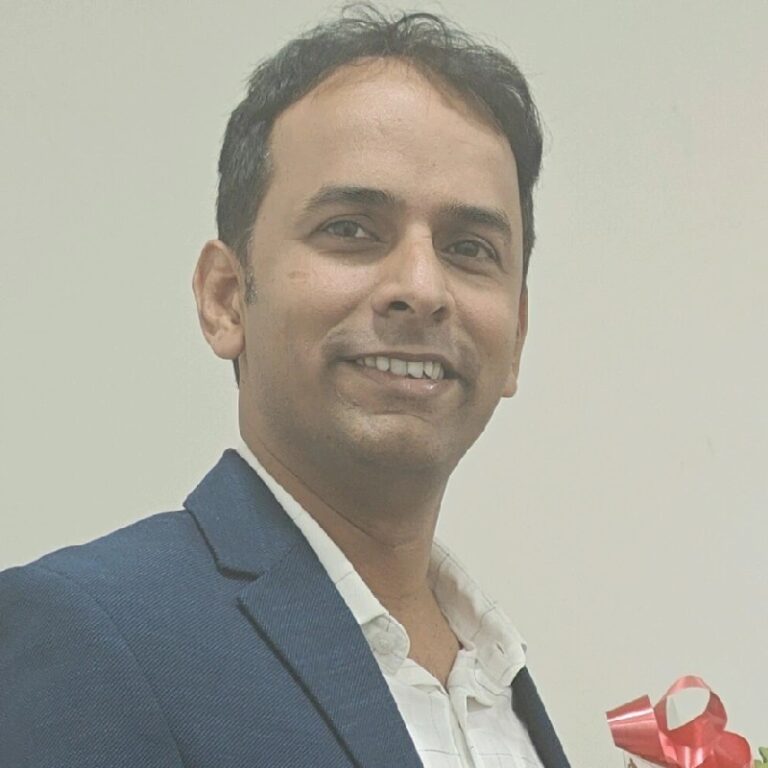Critical thinking interviews are meant to evaluate how a candidate reacts when they lack information or data. How they handle such unprecedented situations can reflect the candidate’s attitude toward challenges.
The examples listed below focus on specific skills to be evaluated. They can be changed based on the responses and how you want to assess the candidates.
Question 1: Tell me about a time when you encountered a complex problem. How did you go about solving it?
To Assess: Analytical thinking and decision-making.
Sample Answer: “Our team faced declining customer engagement on a platform. I analyzed usage data, identified the least-used features, and conducted customer surveys. Based on insights, we simplified the interface and launched a campaign highlighting key features. Engagement improved by 25% within two months.”
Question 2: Describe a situation where you had to choose between two viable solutions. How did you decide?
To Assess: Decision-making and prioritization.
Sample Answer: “When deciding between two vendors for a major project, I compared costs, timelines, and past performance. While one was cheaper, the other had a better track record for on-time delivery. I chose the latter, ensuring project success and long-term reliability.”
Question 3: Have you ever made a decision that involved significant risk? How did you evaluate and mitigate it?
To Assess: Risk assessment and strategic planning.
Sample Answer: “We considered expanding into a new market with limited data. I conducted a pilot program to gauge demand and analyze competitor performance. The insights helped us refine our strategy, and the expansion yielded a 15% increase in revenue with minimal risk.”
Question 4: Can you share an example of when you had to think outside the box to solve a challenge?
To Assess: Creativity and innovation.
Sample Answer: “Our team faced budget constraints for a marketing campaign. I proposed leveraging social media influencers instead of traditional ads. This approach not only fit the budget but also increased our reach among the target audience by 40%.”
Question 5: Describe a situation where a decision you made didn’t work out. What did you learn from it?
To Assess: Adaptability and self-reflection.
Sample Answer: “I once chose a software tool without involving the team in the selection process. Adoption was poor because it didn’t meet their needs. I learned the importance of stakeholder involvement and created a framework for future evaluations. The next implementation was seamless.”
Question 6: Tell me about a time when you had incomplete information but had to make a decision. How did you proceed?
To Assess: Handling uncertainty and quick thinking.
Sample Answer: “During a product launch, we lacked complete customer feedback. I used trends from existing data and consulted key stakeholders to make an informed decision. While not perfect, the launch was successful, and post-launch feedback helped refine the product further.”
Question 7: “How do you prioritize tasks when working on multiple projects with tight deadlines?”
To Assess: Time management and prioritization.
Sample Answer: “I categorize tasks based on urgency and impact using a prioritization matrix. In one instance, I postponed less critical tasks to focus on delivering a high-stakes project. This approach ensured we met all key deadlines without compromising quality.”
Question 8: Describe a decision you made where you had to evaluate the success of your approach. How did you measure it?
To Assess: Results-oriented thinking and evaluation.
Sample Answer: “I initiated a new employee engagement program. To measure its impact, I tracked participation rates, conducted feedback surveys, and compared pre- and post-implementation engagement scores. The scores improved by 20%, confirming the program’s success.”
Question 9: Tell me about a time when you had to analyze large amounts of data to make a decision.
To Assess: Analytical skills and attention to detail.
Sample Answer: “While analyzing sales performance, I identified trends across different regions. By focusing on the top-performing regions, I pinpointed successful strategies and replicated them across others. This approach increased overall sales by 15%.”
Question 10: How do you balance achieving immediate goals with planning for the long term?
To Assess: Strategic thinking and goal setting.
Sample Answer: “In a project, we needed to deliver a quick MVP while also planning for scalability. I allocated separate teams for immediate delivery and long-term architecture design. This ensured we met the launch deadline while laying the foundation for future enhancements.”




